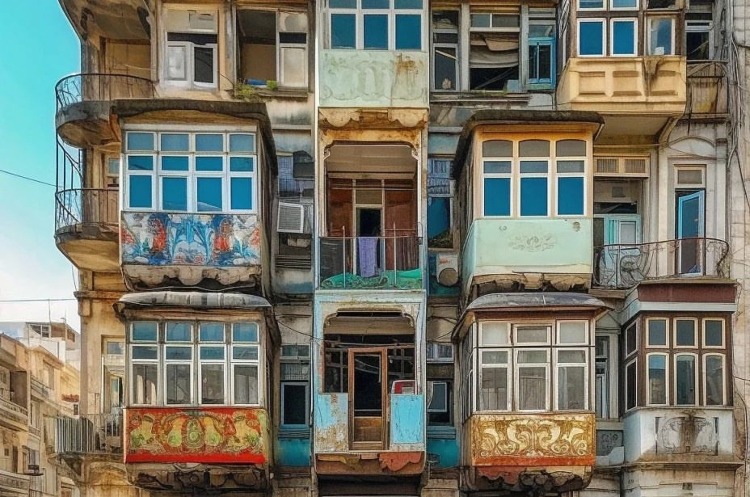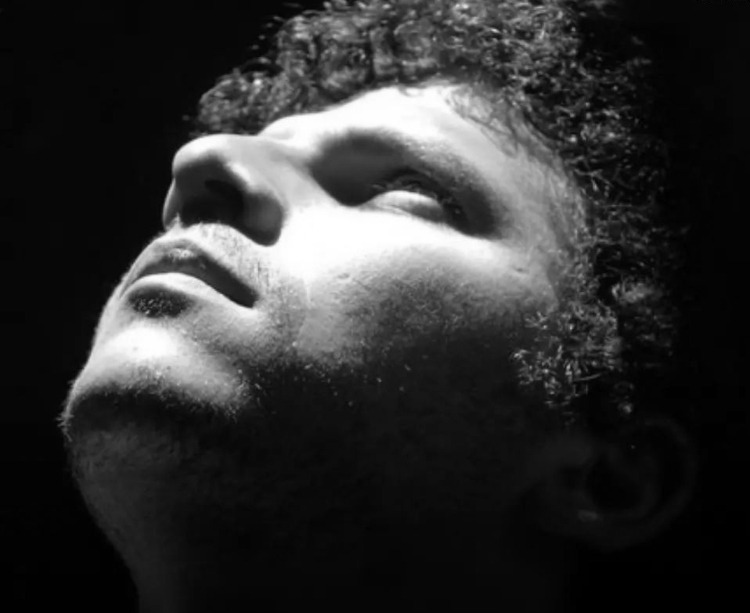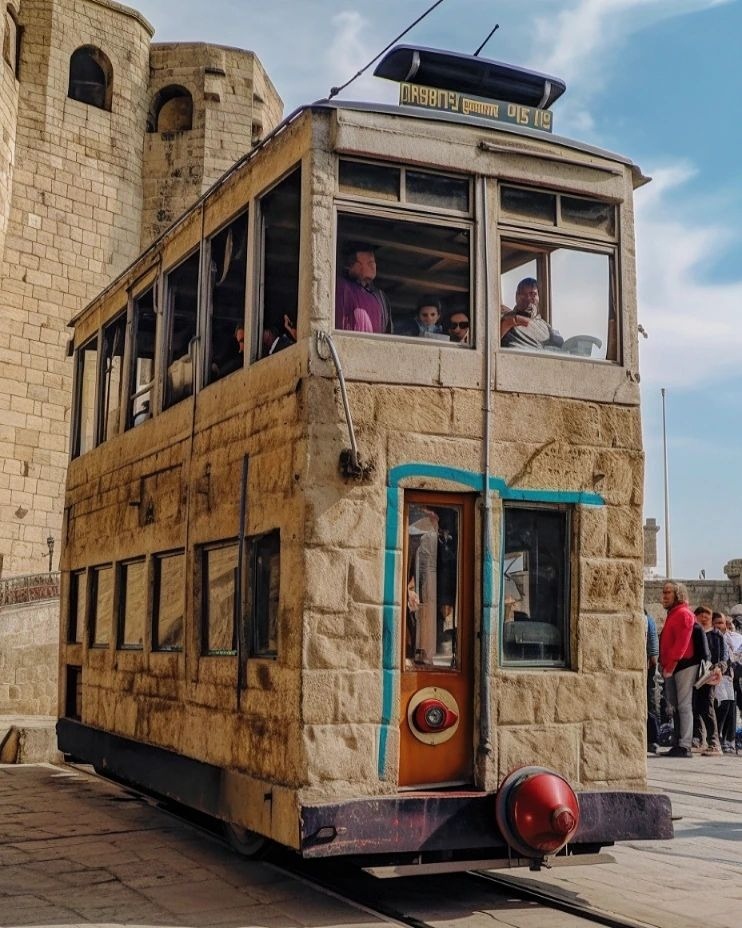
Among the numerous futuristic tech patterns turning up is the prominence and development of AI art. This type of art stretches the boundaries of creativity as it merges together human artistry with expert system. Utilizing triggers and descriptions, artists would generate an unlimited stream of special art using AI platforms like Midjourney. Thing is, most of the AI created art focuses on futuristic scenes, consisting of representations of hijabi women put on in cyborg metal attire. Breaking the mold and utilizing art to instead place a celebratory lens into our past is Alexandrian digital artist Hassan Ragab.

Ragab is the kind of artist who ventured into everything from architecture & product style to construction and generative arts. Beyond his eclectic portfolio, he was always interested in digital art and desired to dive into the AI bandwagon, “I have been obsessed with AI for a while.
From the moment when Ragab decided to end up being a digital artist, the world was presented to his out-of-the-box architectural wonders originating from his building and architecture background. All throughout his Instagram page are innovative AI re-imaginings of cityscapes whether it’s a coral structure in a forest or treehouse-esque houses laden with bamboos. With time, the more he experimented with AI, he observed how he might likewise utilize it to take a look back at his own heritage and past.
That is when he created “The City is A Tram” series. While recalling how he started the series, Ragab stated how “it started as a challenge; where I wished to test If I could generate principles which belong to Alexandria using Midjourney.” He wished to make the Alexandrian tram the focal point of his project, explaining that “I constantly perceived the tram as really Alexandrian, most likely one of the most crucial visual icons of the city.”

Through Midjourney, Ragab re-imagined Alexandria, replacing the façade of its old buildings into lively cable cars. Utilizing his resourcefulness, he likewise wanted to bring to attention other facets of Alexandria including Qaitbay castle, the picturesque 14th century fortress that safeguarded the city from Ottoman attack. Utilizing AI, he re-imagined the cable car as though it is Qaitbay castle itself, designing it with beige brick-laden walls.
When describing his art, Ragab took on a deep and metaphorical approach, stating that to him, his art helps to “highlight the lovely intangibility of our old cities along with those things that are really abstract and difficult to catch, filled with contextual history and sociopolitical circumstances that you can just feel from the old walls.”
Being born and raised in the city is what gave him that special gratitude and eager eye that made him detect all the parts of Alexandria that are inherently connected to its identity and history. As an Alexandrian, he always had many fond memories of the city, “I constantly liked to go to the places near the sea like the Corniche, Raml station and Bahari. Of course, the tram was my go-to mode of transport.”

When it pertains to Ragab as an artist, despite the fact that he is using futuristic tech to create art, he’s doing so in such a way that places a celebratory light on the old elements of life. Beyond that, he is also the kind of artist who holds a reasonable outlook towards the technology itself and its future, “there is a great deal of potential and a lot of threats in how innovation will affect our lives in the upcoming years. It would be extraordinary, may be scary even.”
He thinks that its brand-new and quick however people shouldn’t hesitate to harness the innovation because of its transformative power. To him, he views AI as a tool with great deals of prospective and he can see how the human and the synthetic can go together to re-create and re-imagine a brand-new world of possibilities.
